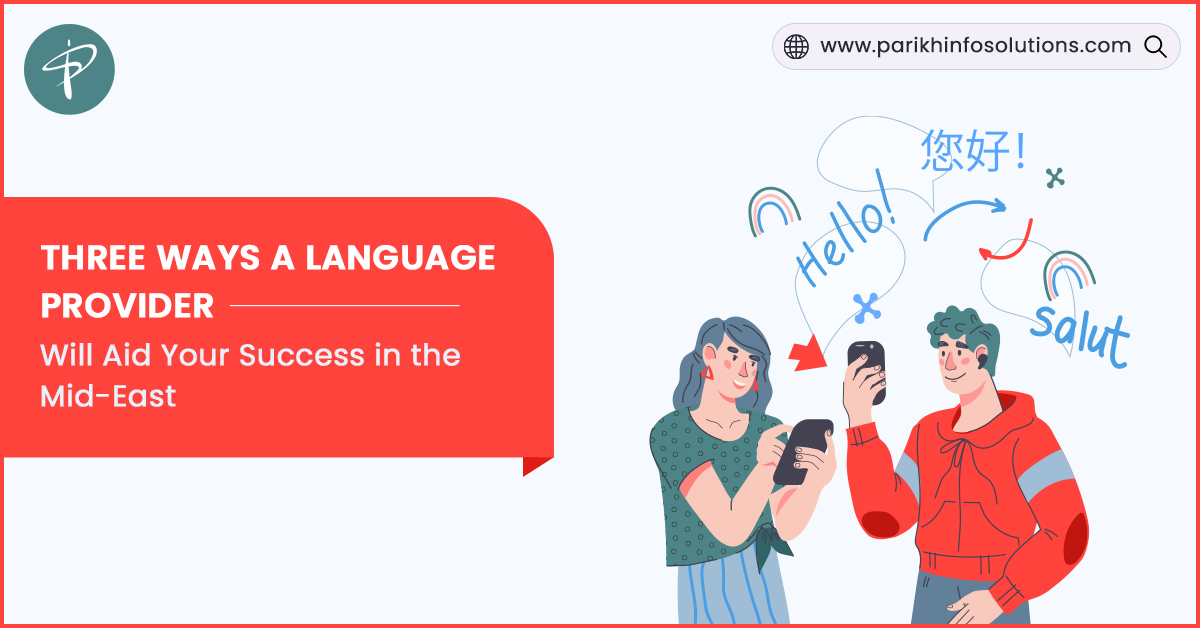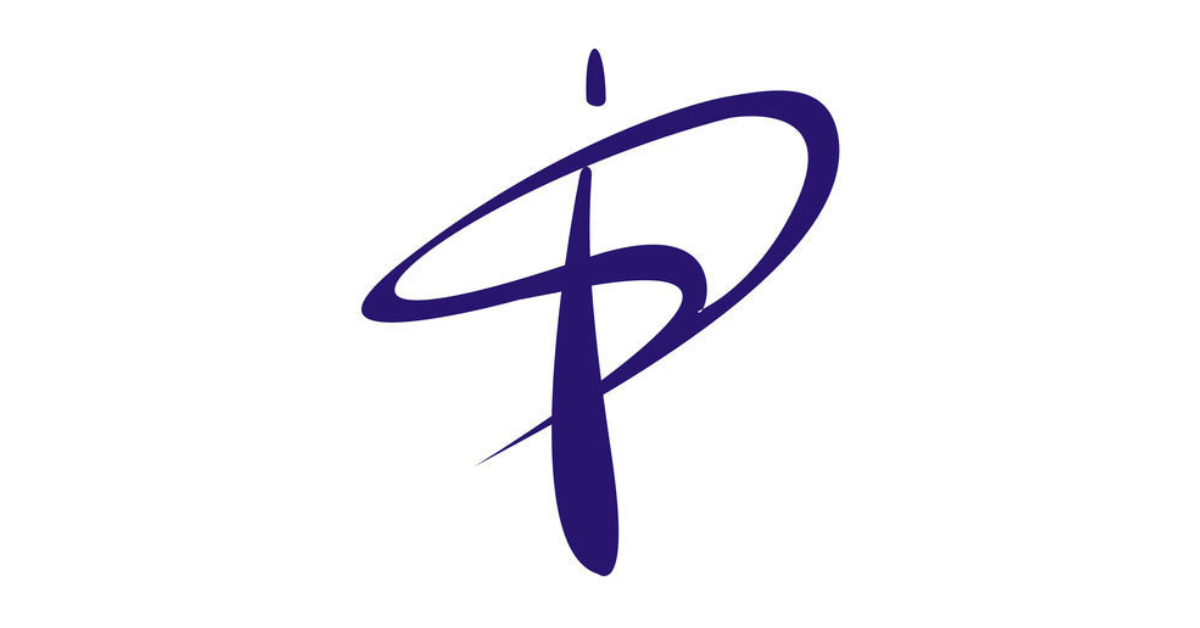
PISPL Team | September 21, 2022 | 762
The necessity of precise translation cannot be overstated as you prepare to grow your company internationally. Working with a seasoned professional language service provider fluent in the client’s language must be your priority if the Mideast is your target market. Hebrew, Arabian, and Turkish all use direction flows and distinctive alphabets. Only a reputable, licenced translation vendor can guarantee that your translation is accurately structured and considers cultural subtleties so that the target audience understands the intended message well. Read on how the translation provider can guarantee proper translation for your company’s operations in the Middle East.
Step 1: Understanding formatting- How Your Linguistic Service Provider Assures Accuracy,
In the Mid-East, a good translation is essential for getting your point across, but the process involves more than just translating words; for just a translation to be precise and successful, strong formatting abilities are also required. There will be textual expansion and contraction when translating from English to various Middle Eastern dialects. Your final translation will, therefore, have fewer or more letters, words, and white space. All the multilingual publications may be formatted using programmes and tagged forms like XML and HTML with the assistance of a top-notch language provider.
Your translation service provider may also consider units of measure often provided in instruction booklets or product datasheets. Documents transcribed into American English onto Hebrew, Turkish, and Arabic must be adjusted appropriately to their metric equivalent since The Us is the only industrialised nation that does not utilise the metric system nowadays.
Step 2: To comprehend how your linguistic service provider guarantees accuracy.
Only by understanding the distinctive alphabet & directional flow of your target audience can your top language service provider guarantee correct, premium translation. This is particularly true for languages spoken in the Middle East, where many nations use several alphabets and writing systems. Hebrew characters, for instance, cannot be connected, despite Arabic letters being written in a flowing style.
The grammar, vocabulary, and punctuation rules will also differ depending on the language. A qualified translator familiar with your audience’s unique linguistic features may communicate your message precisely. In the Mideast, not fully understanding the target market’s language may cause uncertainty and a lack of confidence in your brand, resulting in lost sales and higher expenditures for expert retranslation efforts
Step 3: Understanding sensitivities can help you understand how your linguistic service provider guarantees accuracy.
The only method the target audience will be able to understand your message, regardless of the service or product, is with a correct translation. A typical phrase translation is insufficient, however, since several Middle Eastern nations utilise expressions, gestures, and idioms utterly distinct from those used in the United States.
What appeals to an English public may be quite offensive to Middle Eastern audiences.
For instance, the “thumbs up” sign is considered very disrespectful in Iran, even though it signifies acceptance in countries such as the United States, Britain, and Australia. Only a linguistic service provider who works with native speakers can guarantee that your intended message considers cultural and regional specifics and is comprehended by your intended audience.
Your guides, websites, promotional material, and other materials will be of the highest quality and accuracy, thanks to Parikh Info’s considerable knowledge of Mid-Eastern languages.
 Author
AuthorRelated Article
Stay Informed